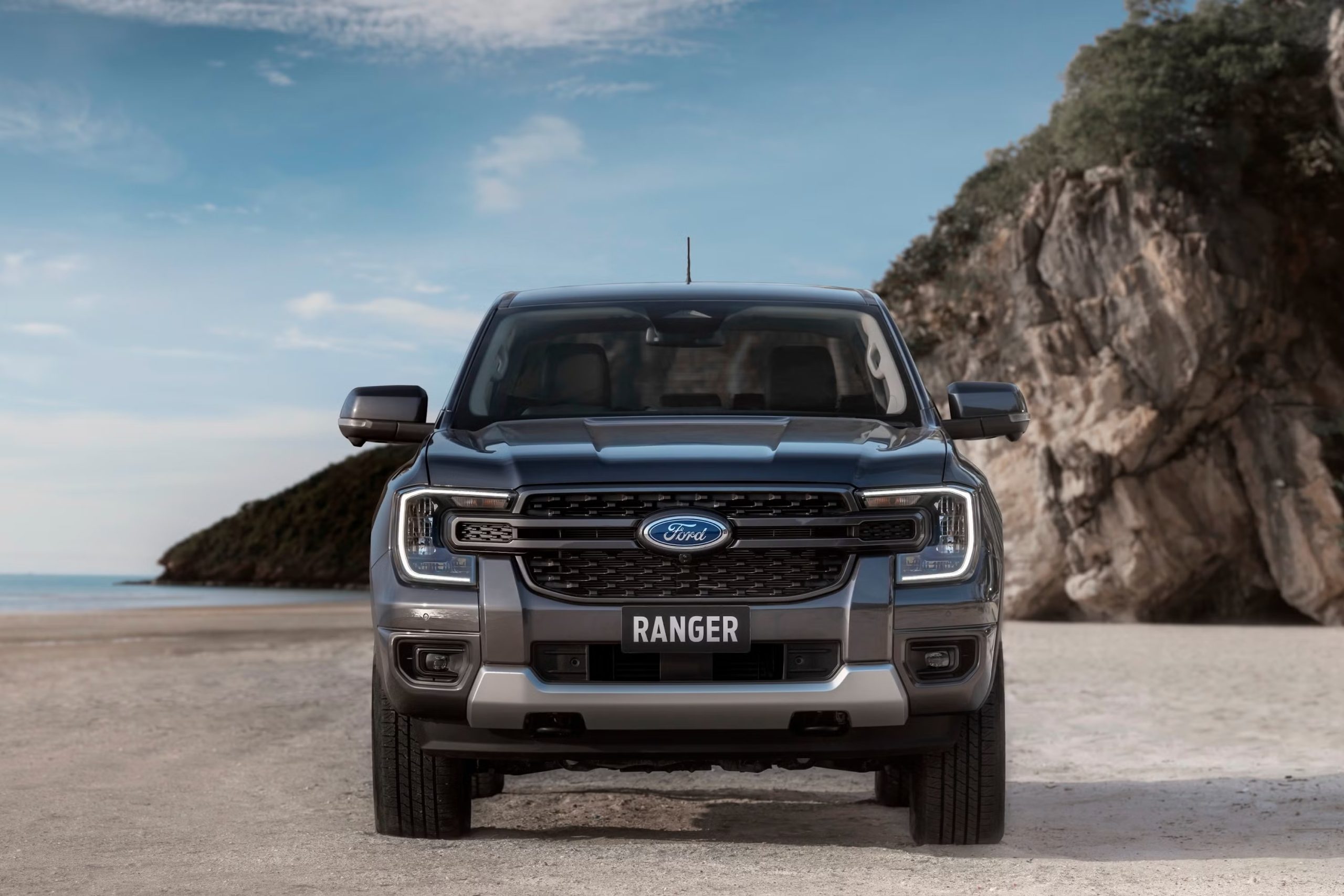When the temperature plunges and roads glaze over with ice, your truck becomes more than just transportation—it’s your lifeline. In winter, reliability isn’t a luxury; it’s a necessity. A vehicle that won’t start in the cold or struggles with traction and heating can leave you stranded at the worst possible moment.
The season exposes the strengths and weaknesses of every truck. While some models are built to tackle brutal conditions without flinching, others fall apart under the pressure of freezing temperatures, weak components, and poor design choices.
Whether you’re navigating rural snow drifts, icy highways, or subzero city mornings, knowing which trucks rise to the challenge—and which fail—is critical. This guide breaks down five trucks proven to handle winter with confidence, and five that consistently leave owners frustrated when the cold sets in.
5 Trucks That Start Every Winter
1. Toyota Tundra
The Toyota Tundra has earned high marks for winter reliability, especially in the northern U.S. and Canada. Its consistent cold-weather performance starts with a powerful battery and starter system, ensuring reliable ignition even at subzero temperatures.

The older 5.7L V8 and newer twin-turbo V6 are both equipped with fuel systems tuned for cold conditions, while the optional engine block heater ensures faster warm-ups. The Tundra’s 4WD system and automatic limited-slip differential offer confident traction on icy roads, and electronic stability control helps manage slippery surfaces.
With extensive undercarriage rustproofing and a fast-acting heating system, the Tundra resists both corrosion and cold. Inside, heated seats, a responsive defrost system, and warm cabin air in minutes make for a comfortable ride even in a snowstorm. Designed with winter in mind, the Tundra is a dependable performer that drivers can count on when the weather turns harsh.
2. Ford F-150 (EcoBoost Engines)
The Ford F-150 with EcoBoost engines is a winter-ready surprise. Many assume turbocharged engines don’t thrive in the cold, but Ford’s 2.7L and 3.5L EcoBoost engines defy expectations.
These powertrains use direct injection, insulated turbo housings, and software that limits boost until the engine is warm—all engineered for extreme conditions. Their advanced batteries and strong starters handle subzero cranking demands with ease.
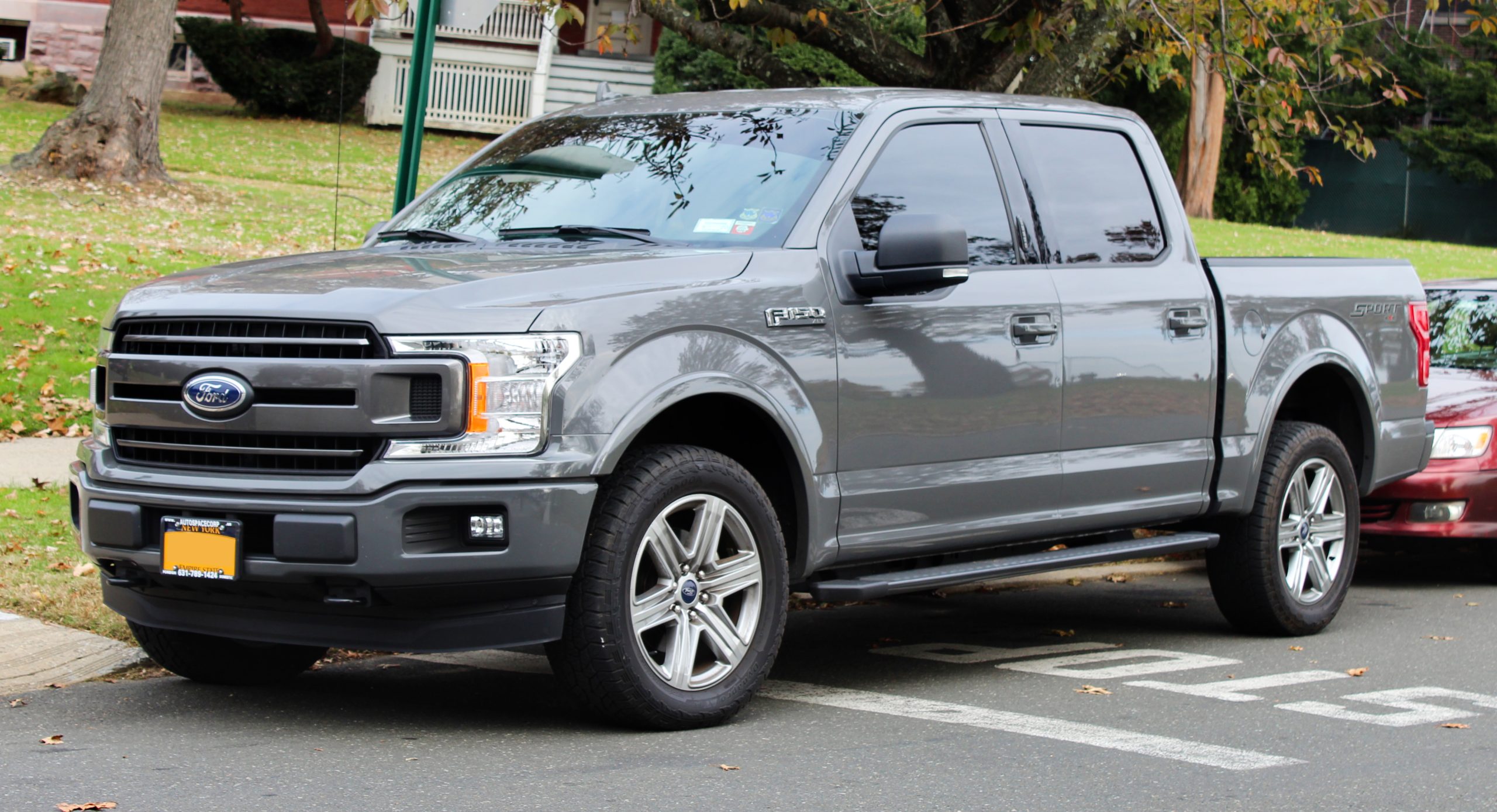
Paired with Ford’s Snow/Wet driving mode, electronic locking differentials, and high-traction 4WD, the F-150 confidently tackles snowy roads. High trims include quick-heating cabin elements like electric defrosters, heated seats, and mirrors.
Even in deep freezes, the EcoBoost-equipped F-150 starts fast, warms up quickly, and keeps moving without hesitation. Proven in Arctic-grade testing, this modern turbocharged truck delivers where many others falter, combining winter toughness with fuel-efficient innovation.
3. GMC Sierra / Chevrolet Silverado (Duramax Diesel)
The GMC Sierra and Chevrolet Silverado with Duramax diesel engines dominate winter environments with industrial-grade cold-weather resilience. Their ceramic glow plugs and advanced fuel delivery system keep starts reliable, even when temperatures plummet.
These trucks come with a powerful block heater to pre-warm the engine, while cold-sensitive engine maps adjust performance to maximize traction and fuel efficiency. Diesel gelling—a common winter concern—is addressed with fuel system heaters and smart insulation.

The AutoTrac 4WD system, along with hill assist and descent controls, adds critical control on icy slopes. Inside, supplemental cabin heaters counter diesel engines’ naturally lower waste heat, delivering warmth quickly.
The interiors also feature cold-weather refinements like heated seats and fast-acting defrosters. Built with salt-resistant materials and durable components, Duramax trucks thrive in snow and ice, earning them a strong reputation with winter contractors and northern drivers alike.
4. Ram 1500 (With eTorque System)
The Ram 1500 equipped with the eTorque system combines electric innovation with cold-climate reliability. Its 48-volt mild hybrid motor supports the engine at start-up, reducing battery strain in sub-zero conditions.
This system dramatically improves cold starting, even in temperatures below -20°F. Once running, eTorque provides smoother acceleration, better low-end traction, and regenerative braking—helpful on snowy roads.

The truck’s heating system benefits from electric pre-warming, delivering fast interior heat, while heated seats and a steering wheel come standard in many trims. Adjustable air suspension raises the truck for deep snow, and multi-mode 4WD adapts to varying road conditions.
Corrosion-resistant materials and a winter-tuned electrical system improve long-term durability. Together, these features make the eTorque Ram not only a modern solution for everyday driving but also a rugged, winter-ready truck with thoughtful enhancements designed specifically for life in the cold.
5. Nissan Titan XD
The Nissan Titan XD proves its strength in the cold with a 5.6L Endurance V8 that starts reliably down to -25°F. Designed for tough winter use, the Titan comes equipped with direct injection, a robust cold-weather-tuned starter, and a high-capacity battery.
A standard block heater in winter packages keeps the engine ready for subzero mornings, while Nissan’s upgraded alternator ensures strong electrical support during short, cold-weather drives.
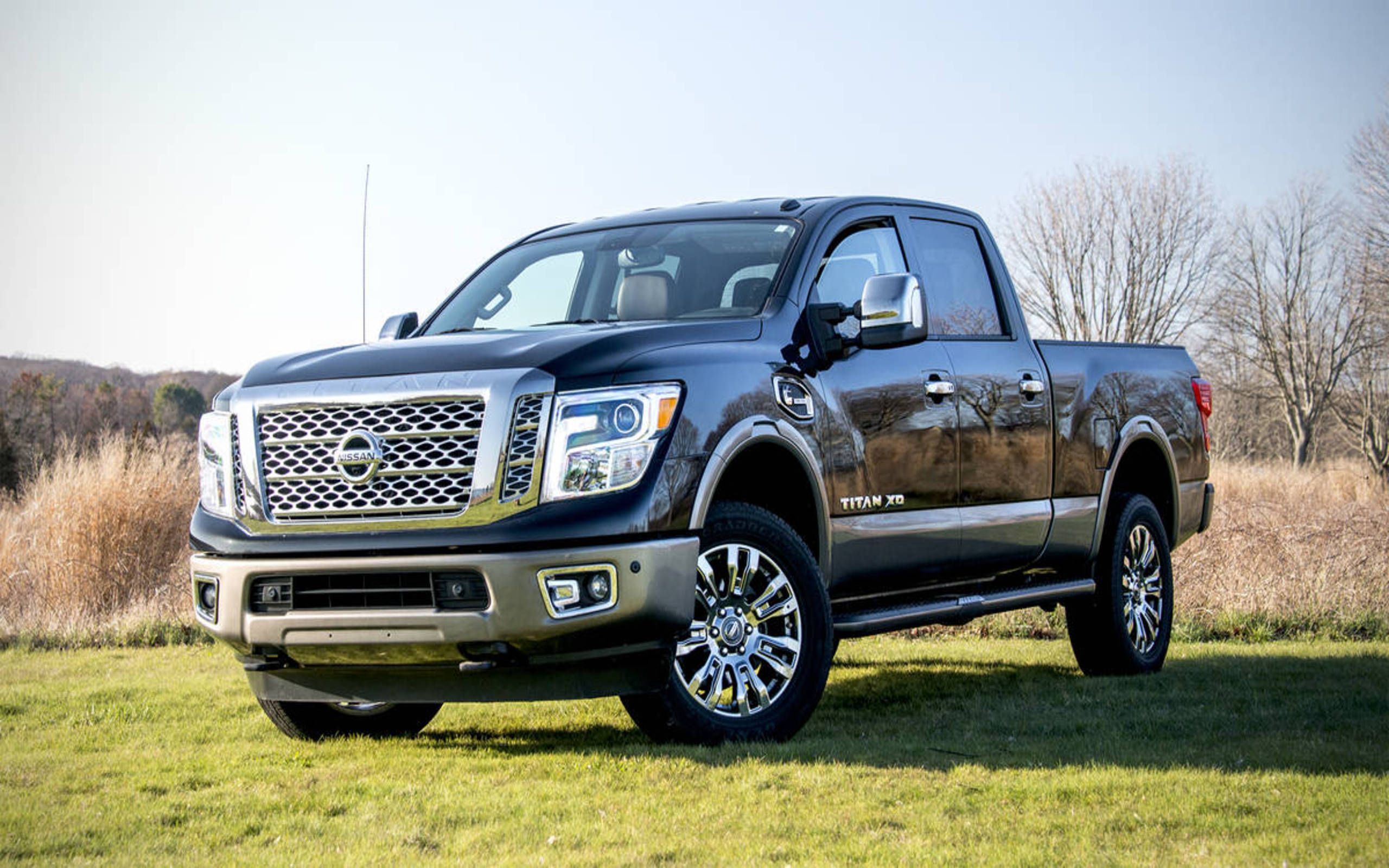
Synthetic fluids in the transmission prevent harsh shifting, and the electronically controlled transfer case offers sure-footed traction when roads are slick. A locking rear differential and snow-friendly gear ratios further improve grip.
Inside, remote start pre-warms the truck, while heated seats, mirrors, and steering wheel ensure comfort and safety. Built with durable materials and tested in freezing climates, the Titan XD is a smart, no-nonsense choice for those who rely on their truck to perform when conditions are at their worst.
Also Read: 5 Cars With Timing Belts That Always Fail Early And 5 With No Issues
5 Trucks That Die in the Cold
1. Dodge Ram 1500 (2009–2012): Starting Struggles
The 2009–2012 Dodge Ram 1500 struggles badly in winter, with starting issues that make it a poor choice for cold climates. Owners report regular failures to start below 20°F, and complete ignition failure is common when temperatures dip near 0°F.
The starter is underpowered, and the stock battery lacks sufficient cold cranking amps to turn the engine over in freezing weather. Even replacing the battery often doesn’t solve the issue, as the alternator and electrical system are not optimized for cold-weather recharge cycles.

Without an engine block heater, which was not standard on many trims, drivers must resort to jump-starts or plug-in warmers.
This generation of Ram becomes especially unreliable in rural or remote areas, where failure to start can lead to safety risks or towing costs. With winter being the season when reliability matters most, the 2009–2012 Ram 1500 fails to deliver in the cold.
2. Ford Ranger (Last Generation T6 Platform) Cold-Weather Issues
The last-generation Ford Ranger, built on the T6 platform, struggles significantly in cold climates, exposing key weaknesses that hinder its winter reliability. While adequate in moderate climates, the truck experiences cold-starting difficulties due to a subpar battery and electrical system design.
The factory-installed battery provides minimal cold cranking amps, making starts difficult in temperatures below 10°F. Additionally, the charging system fails to replenish the battery fully during short winter trips, resulting in a gradual decline in battery performance.

Fuel system issues are prevalent, with the fuel pressure regulator prone to freezing, causing hard starts and rough idling. Insufficient insulation on fuel lines exacerbates fuel gelling in diesel models and vapor lock in gasoline variants.
The HVAC system also suffers, with brittle blend door actuators and limited heater core flow, while the windshield washer system freezes easily. These reliability problems contribute to poor resale value and higher maintenance costs in colder regions.
3. Chevrolet Colorado/GMC Canyon (2004–2012): Cold-Weather Reliability Failures
The first-generation Chevrolet Colorado and GMC Canyon (2004–2012) suffer from critical cold-weather performance issues that make them unsuitable for harsh winter climates.
Chief among these is poor starting reliability, with undersized batteries, weak starter motors, and low-output alternators struggling to function in subzero temperatures. Owners in cold regions frequently report extended cranking times and premature starter failures, especially during winter warm-ups at idle.
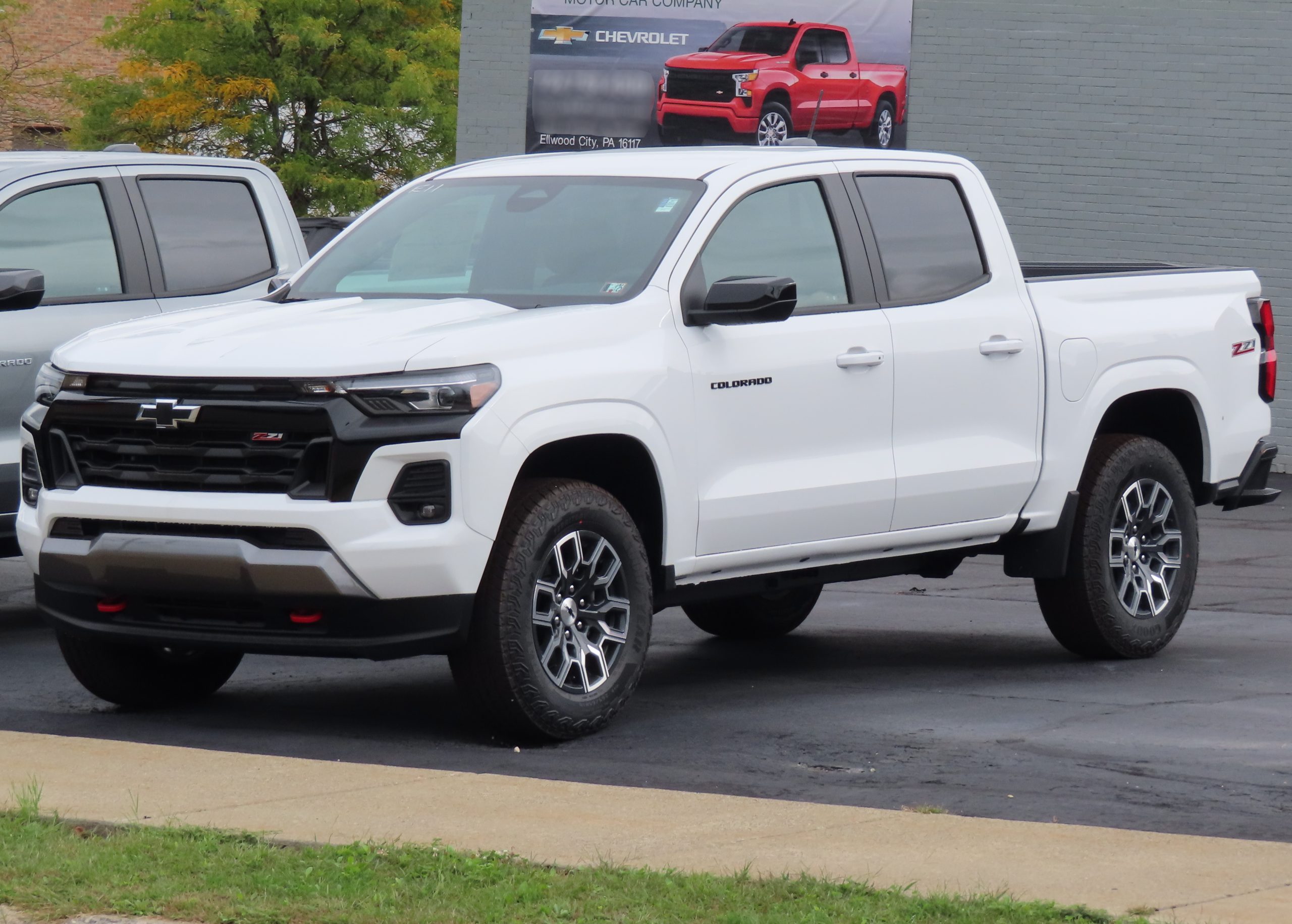
The HVAC system is similarly underpowered. An inadequate blower motor and restrictive ductwork result in weak cabin heat and ineffective windshield defrosting. Temperature control actuators often seize in cold weather, locking the system in one mode. Fuel system problems add further frustration, with uninsulated lines prone to freezing and float failures causing inaccurate fuel gauge readings.
Winter impacts body integrity as well—frozen door locks, window regulator failures, and corroding brake lines are common. High winter failure rates and steep regional resale drops solidify this generation as unreliable in cold climates.
4. Nissan Frontier (2005–2021): A Midsize Truck Struggling in Cold Climates
The 2005–2021 Nissan Frontier, despite its long production run and reputation for mechanical simplicity, shows serious shortcomings in cold-weather reliability. While dependable in warmer climates, this generation struggles significantly in freezing conditions.
Starting issues are common due to an undersized battery (typically 600–650 cold cranking amps) and a weak alternator that can’t maintain charge during winter warm-up idling. Starter replacements are notably higher in colder regions.
The HVAC system underperforms in winter, with delays in cabin heat and inadequate defrost airflow, primarily caused by a small heater core and an underpowered blower motor.
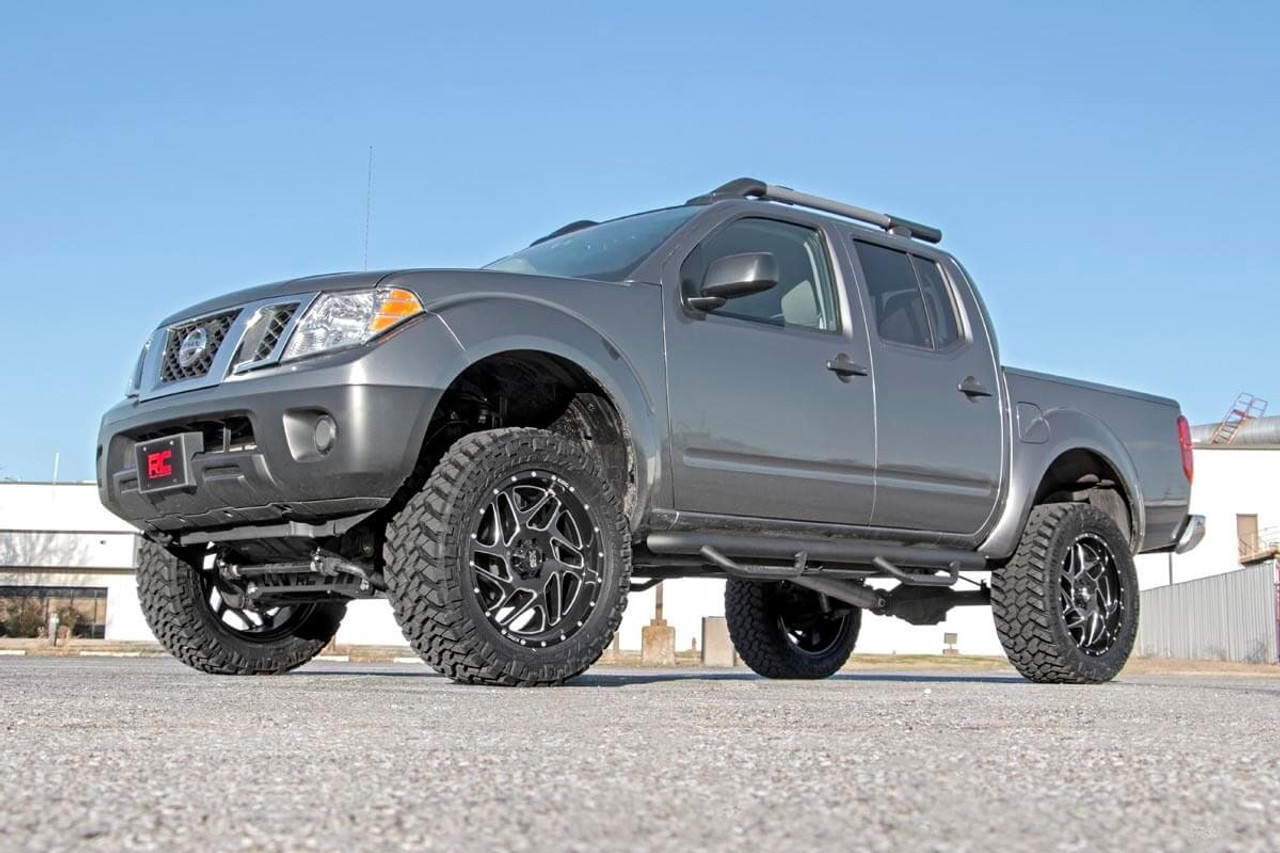
Fuel system problems include brittle pump components and throttle body icing, which causes stalling and hesitation. The 4WD system suffers from actuator failures and poorly placed breathers that lead to fluid contamination.
Body components like door locks, window regulators, and exhaust mounts also fail more frequently in cold conditions. These consistent cold-weather issues make the Frontier ill-suited for northern climates.
5. Toyota Tacoma (2016–2019 3.5L V6): Unexpected Cold-Weather Struggles
The 2016–2019 Toyota Tacoma with the 3.5L V6 engine reveals surprising cold-weather weaknesses, despite Toyota’s strong reputation for reliability. In subfreezing conditions, owners report extended cranking times and failed starts—an anomaly for the brand.
These issues stem from the D-4S direct and port injection system and ECU programming, not from battery or starter deficiencies. Toyota attempted software updates, but cold-start hesitation remains unresolved.

Once running, the engine often idles roughly and can even stall when shifting into gear before warming up—behavior tied to fuel atomization problems in cold air. The 6-speed automatic transmission also performs poorly in the cold, with harsh shifts, hesitation, and a “neutral drop” effect when accelerating from a stop.
Additional issues include frozen tailgate locks, failing rear sliding windows, and hardened weatherstripping that increases wind noise and water intrusion. While reliable in warmer areas, the 2016–2019 Tacoma V6 proves disappointing for cold-climate drivers who value winter readiness.
Also Read: 5 Cars That Survive Harsh Winters and 5 That Always Leave You Stranded

